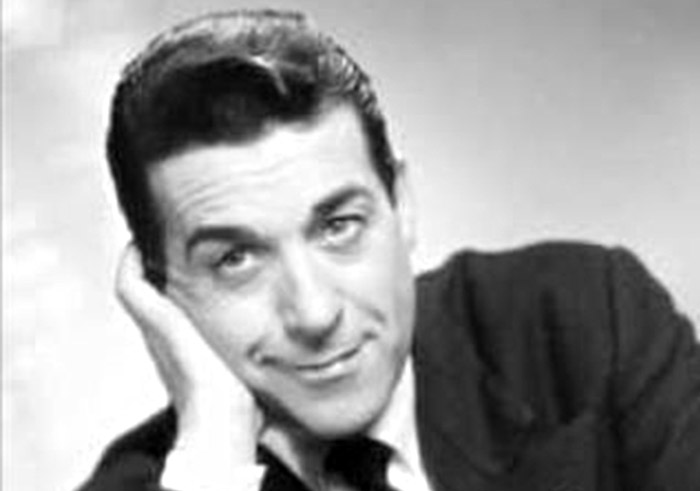
In this article about the third and fourth album of the miniseries “Con Saludos desde Europa” you get a little insight into the current events of the first decades of the past century, which strongly influenced the lives and formations of the tango musicians on these albums. Family connections within the tango scene and musical developments of individual musicians are mentioned, as well as the author‘s personal assessments of individual titles. The photo shows Rafael Canaro.
The third album presents recordings with Quentin Verdu, the unforgettable Alina De Silva and Auguste Jean Pesenti.
With his interpretation and the fresh arrangements of the Tango classics „Torrente“, „Malena“, „Sur“ (for me the best interpretation ever) and „Cancion desesperada“ Quintin Verdu is a pleasure to listen to and presents the skills of the French singers in an impressive way.
Unfortunately, tango lost its popularity quickly in Europe after the war and with the beginning of the 50s the musicians had to earn their living with other musical styles.
Regarding Alina De Silva: I think all of Argentina would have been willing to adopt her as an Argentinean. But this wonderful Tango singer is Peruvian and eventually died in her home country Lima. In 1925 she came to France together with her husband Alfonse de Silva and his orchestra. They lived there for about 15 years before they returned to their native country.
The European press was full of praise such as „The best stylist of the Argentinean Tango“ or „The most popular and beautiful Argentinean singer“ and as I think this judgement is well deserved.
There are as well exquisite interpretations of tango hits from the early 30s, which were often played in cabarets and nightclubs. Unfortunately, the singers are not clarified here and are not printed on the records.
The fourth album presents the Orchestras Bianco-Bachicha, Bachicha, Bianco, Horacio Pettorossi, Rafael Canaro and Brodman-Alfaro.
Juan Bautista Deambroggio (nicknamed Bachicha) was undoubtedly one of the pioneers of tango in Argentina. He played since 1911 with Roberto Firpo as the duo „Taka Taka“ in various cafés in Buenos Aires and when Roberto Firpo made debut with his orchestra in 1914, Bachicha was his bandeonist. He is playing on the first recording of „La Cumparsita“.
In 1923 he accompanied a theater troupe to Spain. Among the members were Emilia Garcia, his later partner and mother of his children, Mario Melfi and Horacio Pettorossi.
After that Bachicha, Pettorossi and Melfi were invited to Paris by Eduardo Bianco and the the Bianco Bachicha Orchestra was founded. During the whole time in Spain, Bachicha taught Pettorossi and Melfi to play the bandoneon. Together they had great success in Europe in the 1920s and made recordings in different countries.
In 1924 Eduardo Bianco founded an orchestra together with Bachicha and opened the Cabaret Palermo in El Garron. Their recordings are mostly excerpts from the Cabaret Shows. The Tango humoristico is often found among his recordings. The aim was to entertain the audience with humor. Eduardo Bianco toured all over Europe and spread the Tango in Switzerland, Turkey, Greece, Poland, Austria, Bulgaria and the Middle East.
Among the singers, Teresita Asprella, César Alberú and Juan Raggi are especially worth mentioning.
Horacio Pettorossi also sang together in duet with Bianco. He started playing the guitar at the age of five and continued his studies after primary school. His journey to Europe led him as a guitarist in the orchestra Bianco-Bachicha and later with his own orchestra on a European tour through Romania, Greece and Italy. In Italy he also recorded several tangos in Italian with Teresita Asprella („Come una sigaretta“). Back in Paris he accompanied Carlos Gardel and also played at the recordings for his movies in France till they returned together to Argentina in 1932.
(The contribution is an adaptation of a text by Matthias Kroll. Despite careful research, we were unable to identify the photographer of the photo used for this article. We ask possible copyright holders to contact us directly, e.g. by e-mail to This email address is being protected from spambots. You need JavaScript enabled to view it..)